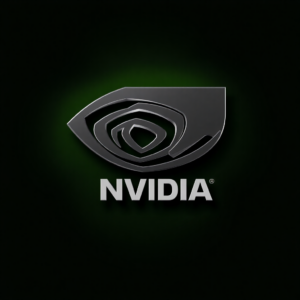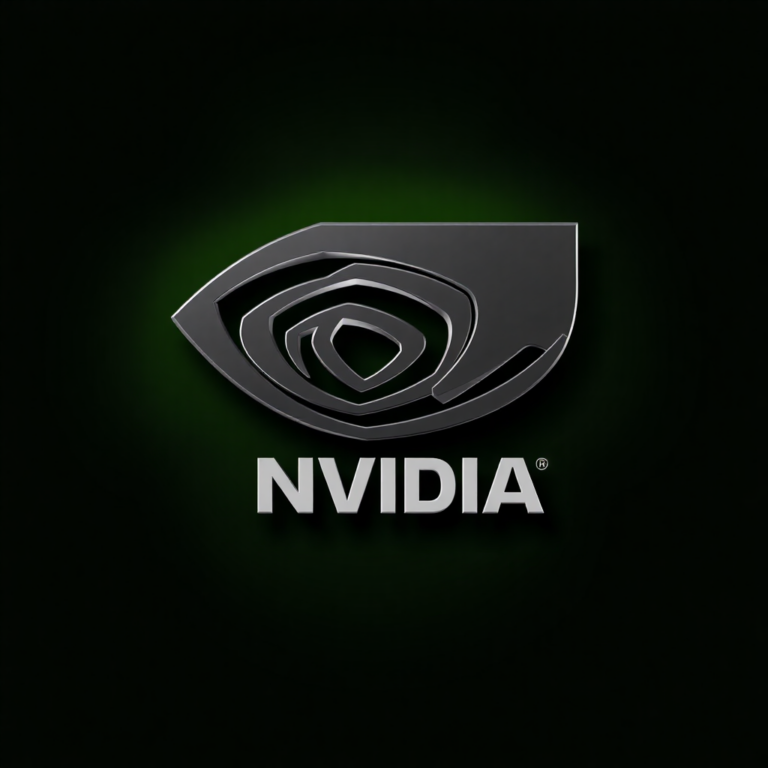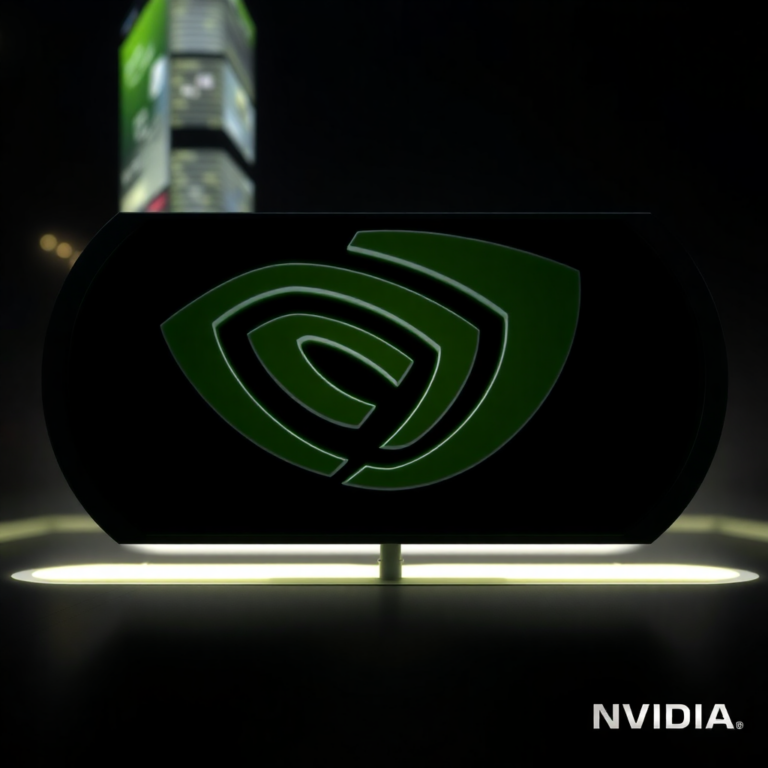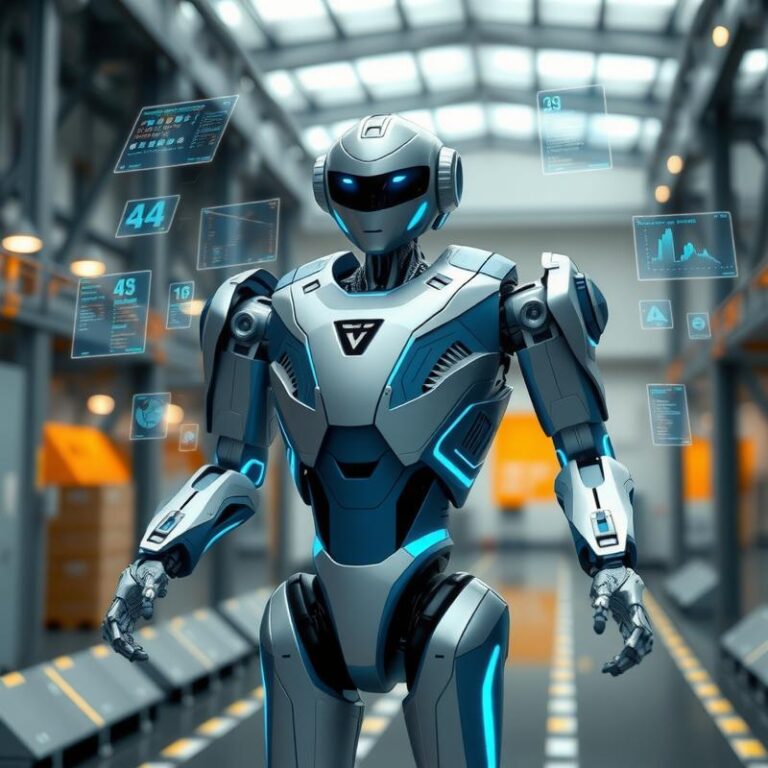Meta, formerly known as Facebook, has once again made waves in the tech world with its latest breakthrough: a ‘human-like’ AI image creation model. This cutting-edge technology has the potential to transform the way visual content is generated, impacting industries such as advertising, design, and entertainment. In this article, we delve into the details of Meta’s AI creation model and explore its implications for the future.
Understanding Meta’s AI Image Creation Model
Meta’s AI image creation model is built upon the advancements made in deep learning and neural networks. By training the model on a massive dataset of images, Meta has enabled the AI to learn and replicate the artistic style and characteristics of human creators. This breakthrough in AI technology empowers the model to generate stunning and lifelike images that are almost indistinguishable from those created by human hands.
Revolutionizing Visual Content Generation
The release of Meta’s AI image creation model brings forth a new era in visual content generation. This technology allows businesses and individuals to create high-quality images without the need for professional photographers or designers. With just a few clicks, anyone can access a vast library of images that cater to their specific needs, saving time and resources in the process.
Applications Across Industries
The impact of Meta’s AI creation model extends far beyond the realm of photography and graphic design. Industries such as advertising, marketing, and e-commerce can harness the power of this technology to create compelling visual content that resonates with their target audience. Additionally, the film and gaming industries can benefit from the AI model by generating realistic scenes and characters, enhancing the overall user experience.
Enhanced Creativity and Collaboration
One of the key advantages of Meta’s AI image creation model is its ability to augment human creativity rather than replace it. Artists and designers can leverage the AI as a tool to explore new ideas and experiment with different styles. This collaboration between human creators and AI technology opens up a world of possibilities, pushing the boundaries of artistic expression and enabling innovation on a whole new level.
Ethical Considerations and Limitations
While Meta’s AI image creation model offers exciting opportunities, it also raises important ethical considerations. As AI becomes more advanced, the line between real and artificial becomes increasingly blurred. Ensuring proper attribution and avoiding copyright infringement are crucial aspects that must be addressed. Additionally, the AI model’s limitations, such as potential biases and lack of contextual understanding, need to be acknowledged and managed appropriately.
The Future of Visual Content Creation
Meta’s release of a ‘human-like’ AI image creation model marks a significant milestone in the field of AI and visual content generation. As the technology continues to evolve, we can expect more sophisticated AI models capable of creating even more realistic and engaging visual content. From personalized marketing campaigns to immersive virtual experiences, the possibilities are endless.
In conclusion, Meta’s AI image creation model represents a significant advancement in the realm of visual content generation. With its ability to mimic human-like artistic abilities, this technology has the potential to revolutionize various industries and empower creators worldwide. As we navigate this new era of AI-assisted creativity, it is essential to strike a balance between innovation and ethical responsibility, ensuring that technology remains a tool for human expression and advancement.












